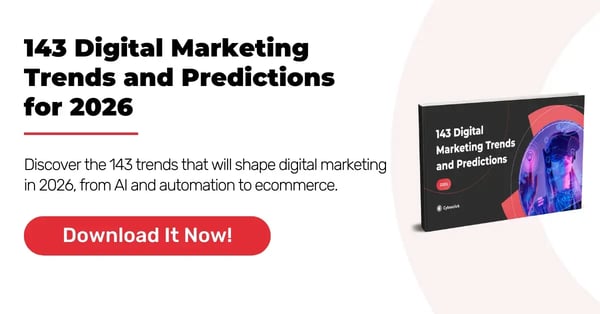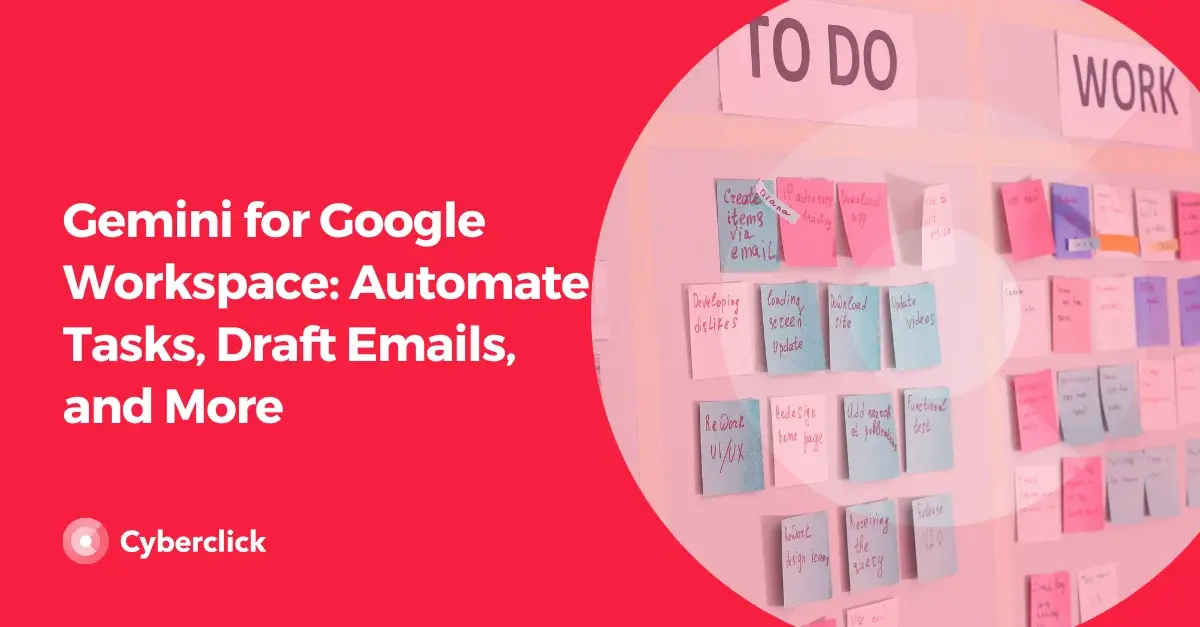Today’s consumers expect more than just relevant content; they want experiences tailored to their unique needs, behaviors, and preferences. To meet these growing expectations, businesses are turning to AI-powered hyper-personalization. This approach uses real-time data, machine learning, and automation to deliver highly customized experiences at scale.
But while AI makes it easier to reach the right person with the right message at the right time, it also raises an important question: how can brands stay authentic when so much of the experience is automated?

What Is Hyper-Personalization and How Does It Differ from Regular Personalization
Traditional personalization might involve addressing someone by their first name in an email or showing products based on their last purchase. Hyper-personalization, however, goes several steps further. It leverages behavioral data, browsing history, geolocation, purchase patterns, and predictive analytics to create highly tailored content and experiences in real time.
For example, instead of recommending broad categories like “laptops” to a returning customer, an AI-powered system could suggest a specific lightweight model with extended battery life, ideal for remote work, based on the user’s browsing history, price range, and previous tech purchases.
This level of detail makes hyper-personalization incredibly powerful, but also more complex to manage responsibly.
The Efficiency Advantage: Why Marketers Use AI
AI has become a game-changer for marketers looking to scale personalization without burning through time and resources. With the help of automation tools, businesses can segment audiences with high accuracy, deliver dynamic content, and optimize campaigns faster than ever before.
Email platforms, for instance, can now auto-generate subject lines, personalize product recommendations, and adjust send times based on user behavior, all with minimal human input. Chatbots provide instant, customized support, while recommendation engines like those used by Amazon or Netflix use predictive modeling to keep users engaged with highly relevant content.
The Authenticity Problem: When Personalization Feels Creepy or Cold
Despite its many advantages, hyper-personalization has a downside: it can easily cross the line from helpful to invasive. When users feel like a brand knows too much about them, or when the message lacks a human touch, it creates discomfort rather than connection.
Examples include ads that follow users across the internet for days, eerily specific email subject lines, or AI-generated messages that sound robotic and impersonal. In some cases, over-reliance on data can even lead to insensitive or tone-deaf interactions, especially during sensitive moments like global events or personal hardships.
This is where authenticity matters most. Consumers are quick to spot when personalization feels forced, automated, or purely transactional, and they’re equally quick to tune it out.
Finding the Balance
The key to effective hyper-personalization lies in blending automation with a genuine brand voice. AI should support, not replace, human creativity and empathy. Here are a few practical ways to strike the right balance:
- Use AI to enhance, not dictate. Let automation handle data-driven tasks, but keep humans in the loop for storytelling, tone, and emotional nuance.
- Be transparent and ethical. Only use data that customers have willingly shared, and clearly explain how it’s being used. Transparency builds trust.
- Test and learn. Use A/B testing to find the right mix of automation and authenticity. What works for one segment might feel impersonal to another.
- Incorporate human touches. Whether it’s user-generated content, behind-the-scenes stories, or curated recommendations, moments of realness go a long way.
Netflix strikes this balance well. Its platform uses AI to recommend content based on viewing history, ratings, and preferences. But it also adds a layer of editorial thoughtfulness, customizing artwork based on viewer interests, highlighting trending content, and promoting curated collections. The result is a personalized experience that still feels intentional and respectful, not overly automated or invasive.
The Future of AI-Powered Personalization
As privacy regulations evolve and customer expectations shift, the future of hyper-personalization will likely focus on consent-based, value-driven personalization. AI tools will become even more intuitive, using natural language, tone detection, and real-time context to personalize interactions in a way that feels more like a conversation than a sales pitch.
We’re also likely to see more integration between generative AI and creative teams, enabling faster content creation while maintaining brand voice and emotional resonance.
Ultimately, the brands that thrive will be those that can blend technological efficiency with emotional intelligence.
As you refine your personalization strategy, remember: it’s not just about what you say or when you say it. It’s about sounding like someone your customer wants to hear from.






Leave your comment and join the conversation